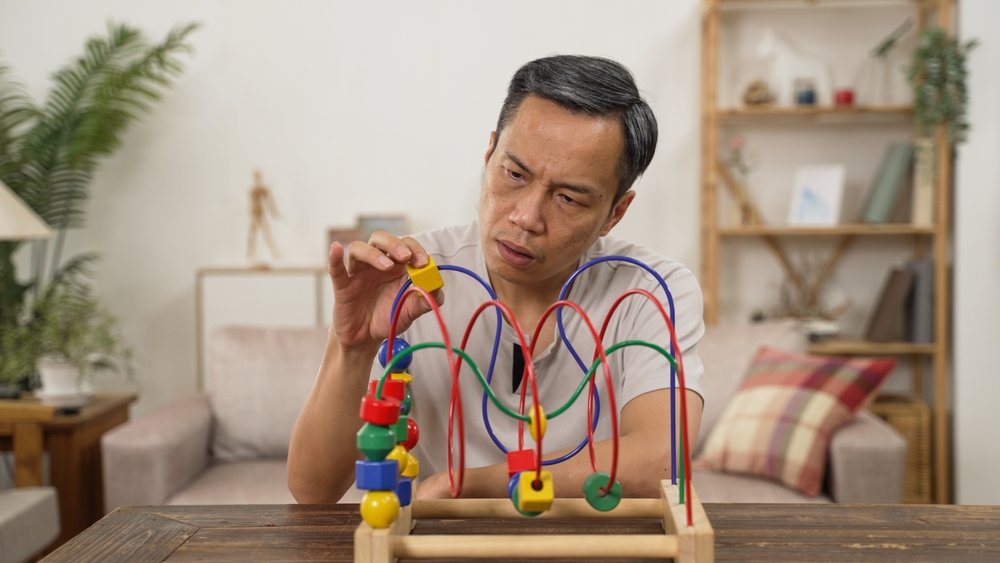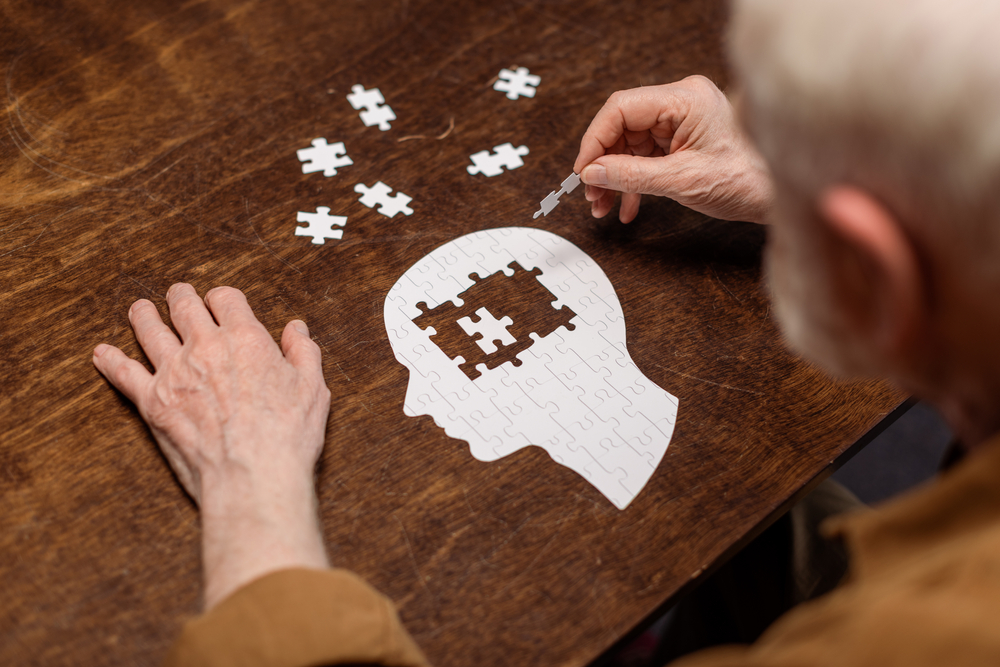Make an Appointment
As we age, maintaining independence in everyday activities becomes increasingly important. Occupational Therapy plays a pivotal role in supporting older adults to remain independent and safe. A fundamental component of this support is the use of ADL (Activities of Daily Living) assessment tools. These tools help occupational therapists evaluate an individual’s functional abilities, identify areas for improvement, and develop tailored intervention plans. In this blog, we delve into the most widely used ADL assessment tools and explore how they empower older adults to enhance their quality of life.

Understanding ADL and Its Importance in Occupational Therapy
What are ADLs?
ADLs, or Activities of Daily Living, refer to the basic tasks necessary for independent living. They include self-care activities such as bathing, dressing, eating, toileting, and mobility. Beyond these, instrumental ADLs (IADLs) involve more complex activities like cooking, managing finances, shopping, and housekeeping.
Why Assess ADLs?
For older adults, the ability to perform ADLs is a key indicator of functional independence. ADL assessments provide:
A Baseline of Function:
Measuring current abilities helps establish a starting point for therapy.
Identification of Areas for Improvement:
Assessment results pinpoint specific tasks where support is needed.
Guidance for Intervention:
Tailored interventions can be designed to address deficits and enhance overall independence.
Monitoring Progress:
Regular assessments track improvements over time, ensuring that treatment is effective.
By evaluating ADLs, occupational therapists can develop a comprehensive understanding of an older adult’s strengths and challenges, paving the way for targeted, effective interventions.

Key ADL Assessment Tools for Older Adults
Several ADL assessment tools have been developed to evaluate functional independence in older adults. Here are five of the most commonly used tools in occupational therapy:
1. Barthel Index
The Barthel Index assesses a person’s ability to perform ten basic ADLs such as feeding, bathing, dressing, and mobility. It provides a score that indicates the level of independence.
Benefits:
- Quick and easy to administer.
- Offers a quantitative measure to track progress.
- Widely recognised and used in both clinical and research settings.
2. Katz Index of Independence in Activities of Daily Living
The Katz Index evaluates six functions: bathing, dressing, toileting, transferring, continence, and feeding. It categorises individuals based on their level of independence in each area.
Benefits:
- Provides a clear, categorical assessment.
- Helps identify specific areas requiring intervention.
- Simple to administer in various settings.
For more details on the Katz Index, visit NDIS – Functional Assessments.
3. Lawton Instrumental Activities of Daily Living (IADL) Scale
The Lawton IADL Scale assesses more complex daily tasks such as telephone use, shopping, food preparation, housekeeping, laundry, transportation, medication management, and handling finances.
Benefits:
- Offers a broader view of functional independence.
- Identifies challenges in managing more complex, daily tasks.
- Essential for planning interventions that promote full community participation.
Discover more about the Lawton IADL Scale at Australian Institute of Health and Welfare.
4. Functional Independence Measure (FIM)
The FIM evaluates a person’s level of disability and indicates how much assistance is required for them to carry out ADLs. It covers self-care, sphincter control, mobility, locomotion, communication, and social cognition.
Benefits:
- Comprehensive and detailed.
- Useful for tracking changes over time.
- Widely used in rehabilitation settings.
5. Canadian Occupational Performance Measure (COPM)
The COPM is a client-centred tool that assesses a person’s perceived performance and satisfaction in everyday activities. It involves the client in setting goals and evaluating progress.
Benefits:
- Highly individualised and client-focused.
- Facilitates goal-setting and active participation in the therapy process.
- Useful for measuring subjective improvements in quality of life.
Learn more about the COPM at Occupational Therapy Australia.

How These Tools Guide Intervention and Enhance Independence
ADL assessment tools are more than just diagnostic instruments—they are essential components of a dynamic treatment process. By using these tools, occupational therapists can:
Develop Tailored Interventions:
Detailed assessments allow therapists to pinpoint specific areas of difficulty and design targeted interventions to improve function.
Track Progress Over Time:
Regular reassessment with these tools provides quantitative data that reflects improvements in daily functioning, informing necessary adjustments in therapy.
Empower Clients:
When clients see measurable progress, it boosts their confidence and motivates them to engage more actively in their rehabilitation.
Enhance Communication:
Clear, objective assessment results help facilitate discussions between clients, families, and therapists, ensuring that everyone is aligned on treatment goals.

The Role of Occupational Therapists in ADL Assessments
Occupational therapists are experts in evaluating and improving everyday functioning. They use ADL assessment tools to gain a comprehensive understanding of a client's current abilities and to identify areas that require support. By integrating these assessments into a holistic care plan, occupational therapists can:
Identify Specific Needs:
Detailed assessments pinpoint where intervention is most needed, allowing for highly targeted therapy.
Design Adaptive Interventions:
Based on assessment results, therapists can recommend adaptive strategies, assistive devices, and environmental modifications that enhance safety and independence.
Monitor Client Progress:
Ongoing evaluations help track improvements and adjust the treatment plan as the client's abilities evolve.
Engage Clients and Families:
Using client-centred tools like the COPM, therapists involve clients and their families in the goal-setting process, ensuring that therapy is meaningful and aligned with the client's personal aspirations.

Frequently Asked Questions
What are ADL assessment tools?
ADL assessment tools are instruments used by occupational therapists to evaluate an individual’s ability to perform everyday tasks such as bathing, dressing, eating, and managing household activities. These tools help determine the level of independence and identify areas for intervention.
Why are ADL assessments important for older adults?
For older adults, maintaining the ability to perform ADLs is crucial for independence. ADL assessments provide a baseline for function, guide personalised intervention plans, and help track progress over time, ultimately supporting better quality of life.
Which ADL assessment tools are commonly used?
Common tools include the Barthel Index, Katz Index, Lawton IADL Scale, Functional Independence Measure (FIM), and the Canadian Occupational Performance Measure (COPM).
How do these assessments guide treatment?
They help occupational therapists identify specific areas of difficulty, develop tailored intervention strategies, monitor progress, and adjust therapy as needed to maximise functional independence.
How can I access these assessment services?
Many occupational therapy services offer ADL assessments as part of their comprehensive evaluations. For personalised advice and support, please contact your local allied health provider or visit Physio Inq for further details.

Conclusion
ADL assessment tools are essential in the field of occupational therapy, particularly for older adults striving to maintain independence. By accurately evaluating functional abilities and identifying areas for improvement, these tools enable occupational therapists to design tailored interventions that enhance everyday living. Whether through the Barthel Index, Katz Index, Lawton IADL Scale, FIM, or COPM, these assessments empower clients to take control of their daily lives, reduce reliance on carers, and achieve a higher quality of life.
If you or someone you care for is ready to explore how occupational therapy can enhance independence through comprehensive ADL assessments, contact us today to book an appointment or make a referral. To learn more about our tailored services, please explore:

Date Published: Tuesday, April 1, 2025
Locate a Aged Care Exercise Physiology
Service Near me
Get the experience & convinence you deserve to support your or a loved one's allied health needs.
Our Aged Care Exercise Physiology team are currently serving & taking appointments in the following states and regions in Australia:
New South Wales
- Blacktown
- Blue Mountains
- Campbelltown And Macarthur
- Canterbury-Bankstown
- Central Coast
- Eastern Suburbs Sydney
- Georges River
- Hawkesbury
- Inner East Sydney
- Inner West Sydney
- Lower North Shore
- Newcastle
- Northern Beaches
- North Sydney
- Parramatta
- Penrith
- South West Sydney
- Sutherland Shire
- Sydney CBD
- The Hills Shire
- Upper North Shore
- Waverley
- Wollongong
Tasmania
Victoria
Need to get into direct contact with ur Client Services team? We're all ears. Call our team directly on 1300 731 733







